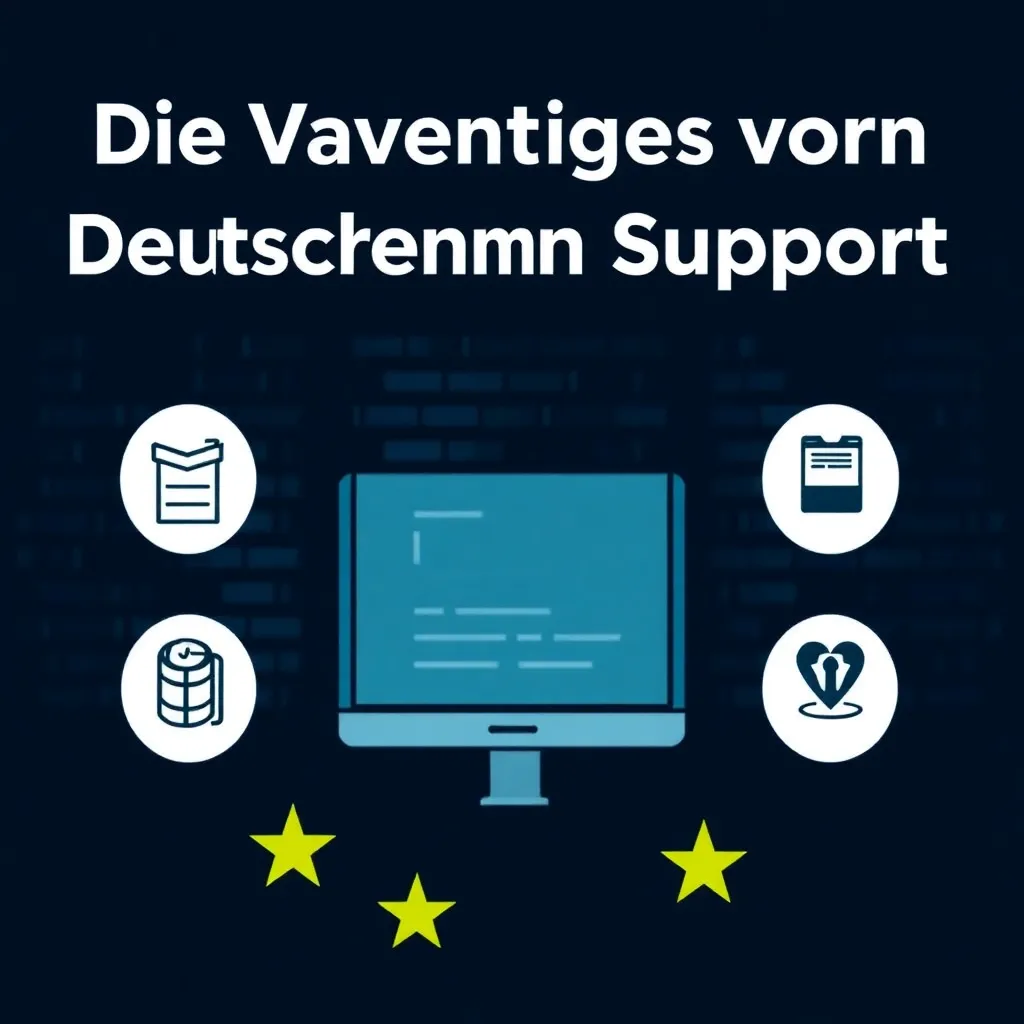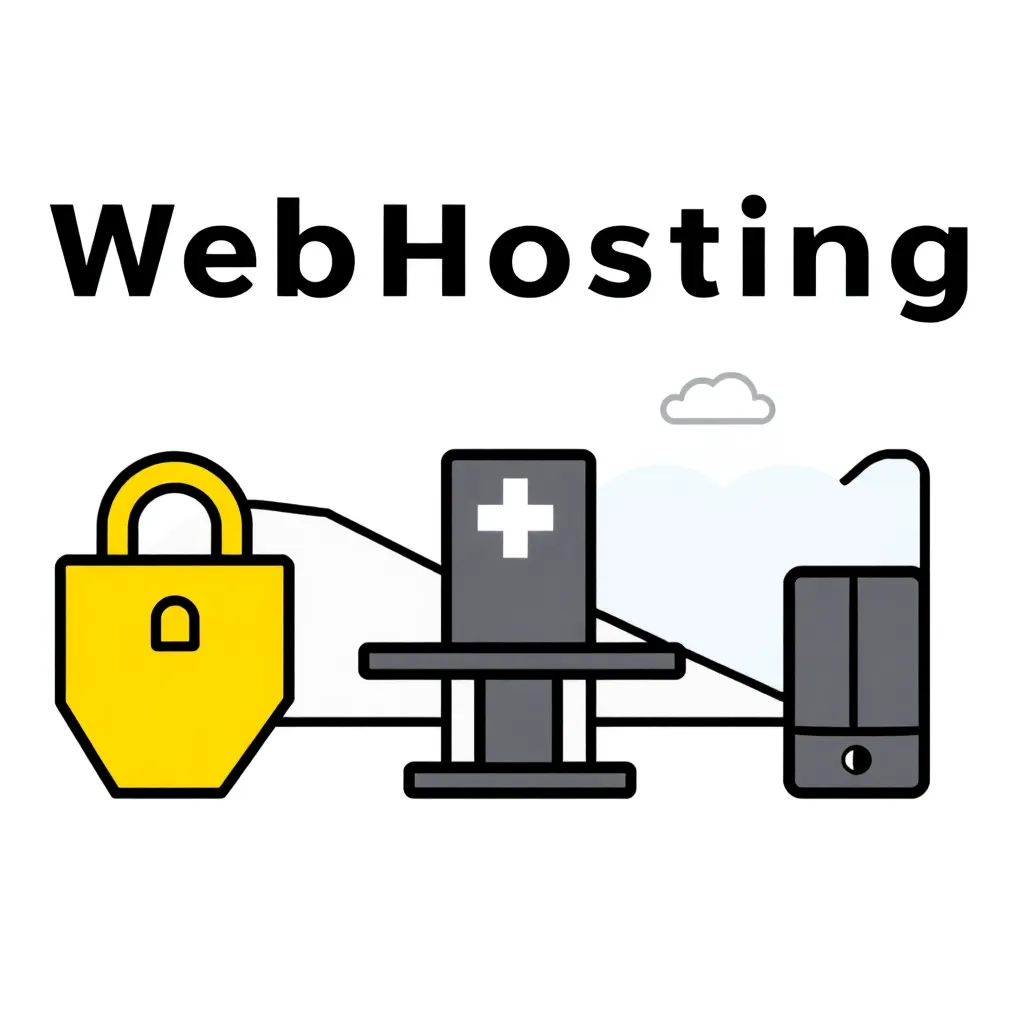content management Systems enable companies and individuals to manage content efficiently and make it publicly available - without any in-depth technical knowledge. Proven platforms such as WordPress, Joomla or Webflow allow content to be flexibly maintained, structured and published, which measurably increases online visibility and competitiveness.
Key points
- Structured content: CMS help to organize and maintain digital content on websites.
- User-friendly: Thanks to visually oriented editors, content can be edited quickly.
- Multifunctional: Plugins and extensions expand functionalities in a modular way.
- Security functions: Regular updates protect against attacks.
- Search engine optimization: Many systems contain integrated SEO tools.
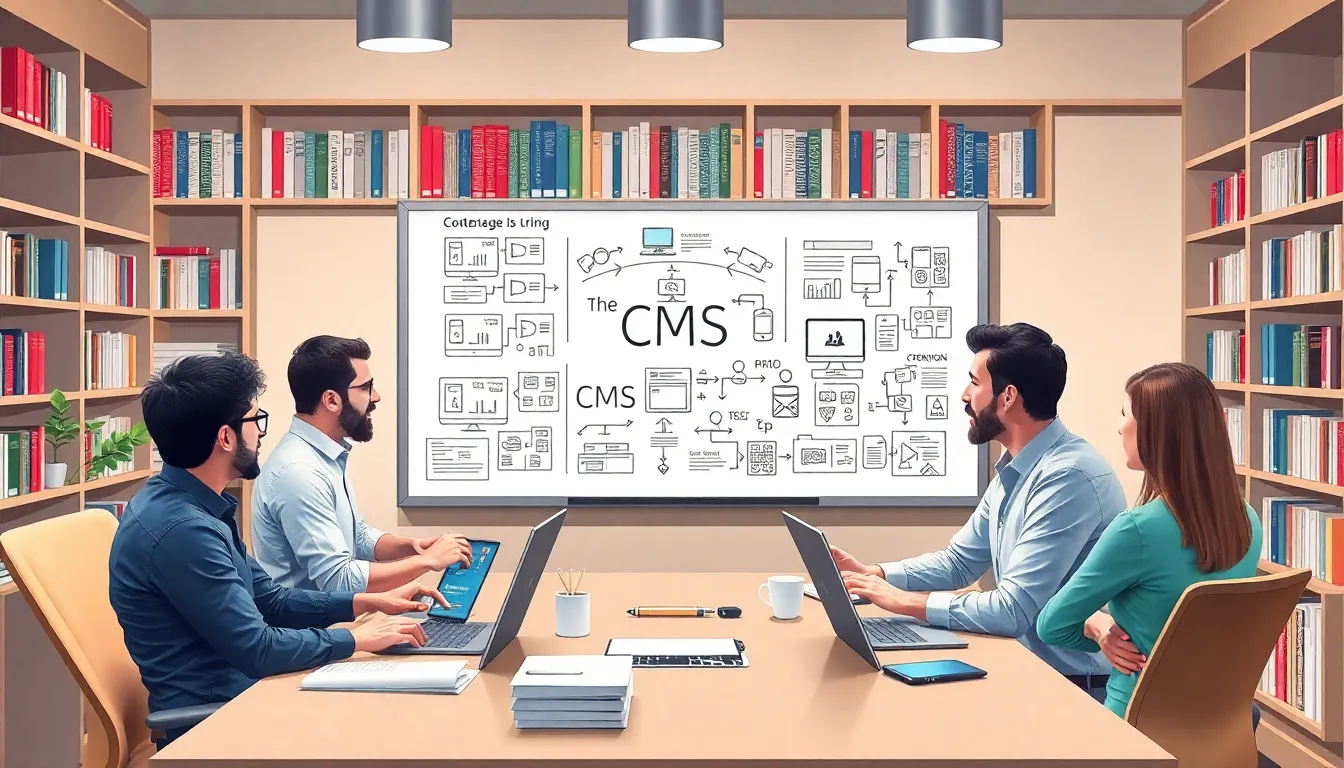
How does a content management system work technically?
A CMS always consists of two main components: the Content Management Application (CMA) and the Content Delivery Application (CDA). The CMA manages content via a graphical user interface with which text, images or videos can be easily inserted and edited. This usually works directly in the browser, without additional software. The CDA displays the stored content on the website - i.e. the technical background that is visible to the site visitor.
Together, these components act as an editing system and publishing tool in one. The separation of content and layout allows content to be maintained independently of the design. This increases the speed of maintenance and saves human resources.

Advantages for companies: Why CMS are crucial today
I can manage content centrally, even if my team works in different time zones. A content management system offers user roles, rights management and versioning. This leads to a clearly structured workflow, especially for larger institutions.
In addition, CMS such as WordPress or Joomla allow you to continuously adapt your own website - editorial teams can update pages in real time. This creates important scope for Campaigns, product releases or events.
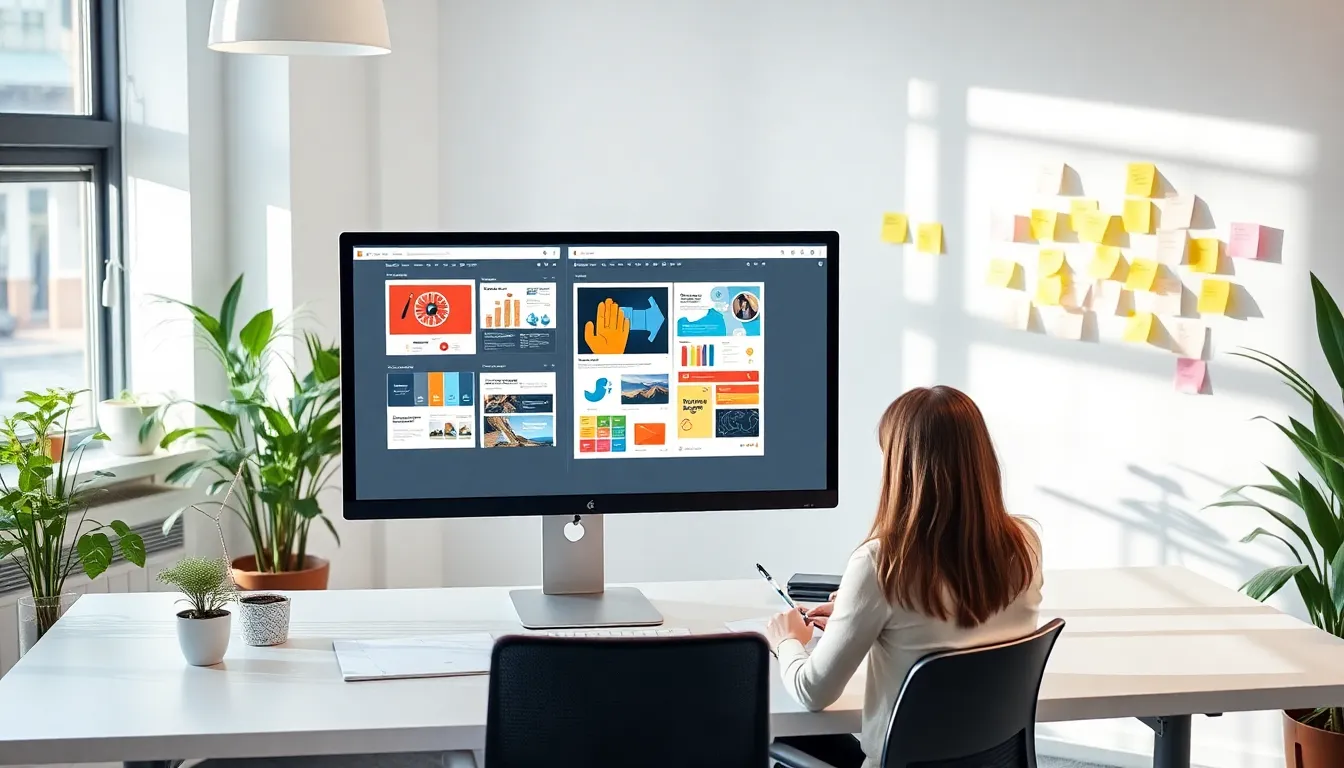
Examples of popular content management systems in comparison
The choice of the right system depends on the type of content, team size and technical affinity. The following table compares the best-known systems and their features:
| CMS | Strengths | Suitable for |
|---|---|---|
| WordPress | Largest selection of plugins, good community support | Blogs, SMEs, stores |
| Joomla | Multilingualism & thousands of extensions | Medium-sized companies |
| Drupal | Flexible & powerful for complex content structures | Large organizations |
| Webflow | No-code design interface | Designers, start-ups |
| Wix/Squarespace | Very easy to set up, visual modular system | Small businesses, self-employed |
Important criteria when selecting a CMS
As the scope of a project increases, so do the requirements for a CMS. I pay particular attention to the following key questions when making my choice: Is the system scalable? Is there an active developer community? How easily can it be connected to third-party tools or CRM systems?
It is worth paying attention to interfaces (APIs), GDPR functions and mobile optimization. Equally important are Backup options and access rightsto implement data protection in the best possible way. The question of whether the system is designed for content marketing or e-commerce is also crucial.
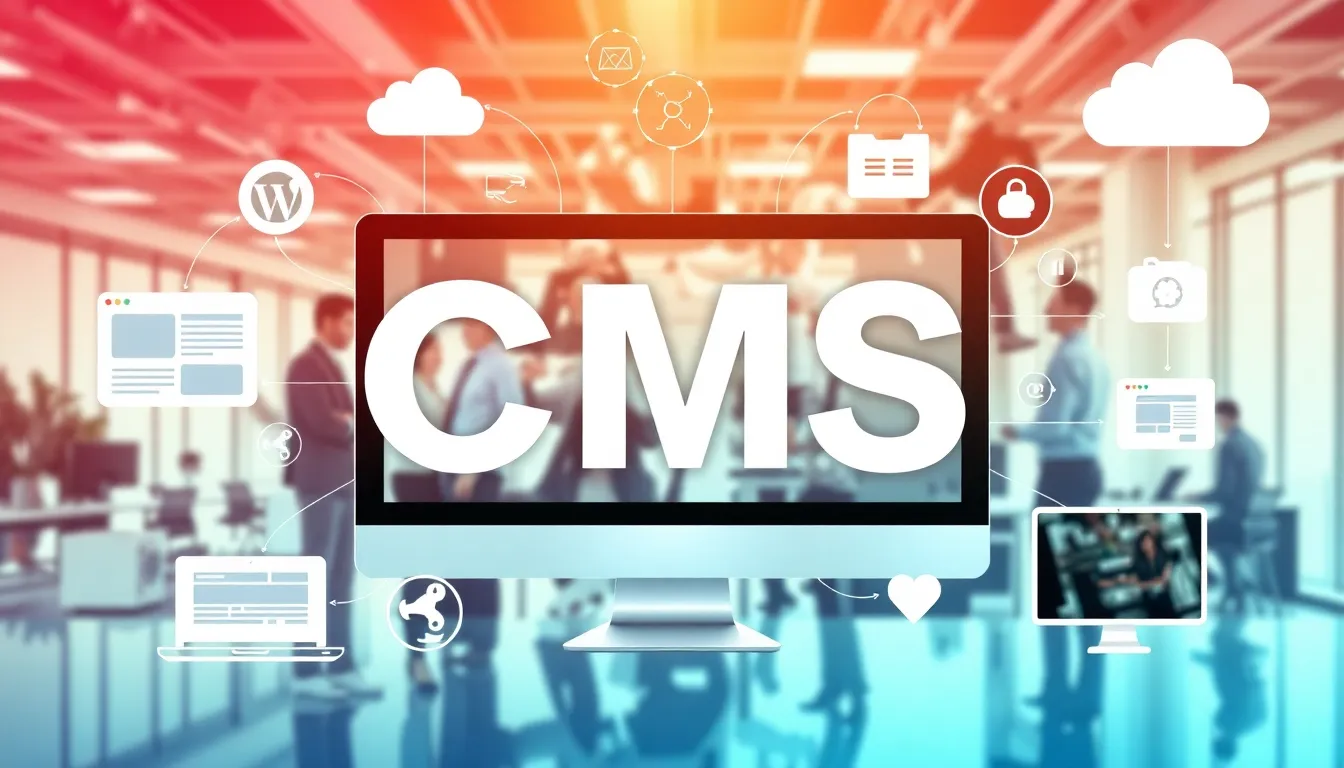
Headless CMS: More flexibility in the modern web
A growing number of companies are relying on so-called Headless CMS. In contrast to traditional systems, the frontend is decoupled from the actual management system. The content is available via an API and can be called up by various frontend technologies such as React, Vue or Angular. This allows greater flexibility and makes it easier to output content across different platforms and end devices. For example, if I want to operate an app or a digital kiosk system in addition to a website, I can use the same content multiple times without having to manage it redundantly.
Especially in the Omnichannel marketing a headless CMS therefore plays a key role. Instead of maintaining several independent content structures, a central data source is created. This increases the efficiency of data management and simultaneously accelerates the time-to-market for new digital touchpoints.
Accessibility and barrier-free access
Another aspect that should not be neglected when choosing a CMS is the Accessibility. Many systems already offer help for implementing accessible pages in the core or via special plugins, such as contrast checks or semantically correct code. An accessible website is based on the current WCAG-I am following the Web Content Accessibility Guidelines to provide an equal user experience for all users. If I improve accessibility, my entire visitor base benefits at the same time, as a clear structure and comprehensible navigation are ultimately always more user-friendly.
Companies that incorporate accessibility into their planning at an early stage also avoid the need for major improvements if legal requirements are tightened. A CMS that provides appropriate tools for accessible design significantly reduces the effort involved in implementing these requirements.
WYSIWYG: Edit content directly in the layout
Many CMS rely on so-called WYSIWYG editors ("What You See Is What You Get"). This allows me to edit my page directly in the subsequent layout view. Headings, paragraphs or images therefore appear as they would later on the real website. This reduces errors and provides visual control during editing.
While classic systems such as WordPress use the Gutenberg editor, for example, platforms such as Webflow or Squarespace offer completely visual interfaces. This means more independence and shorter production times, especially for editorial teams without IT expertise.
Optimized workflows and teamwork
For distributed teams in particular, it is crucial that editing and approval processes run smoothly. Many CMS therefore enable Workflowsin which individual participants have different roles and rights. For example, an editor can create content, a proofreader can check it and an administrator can give it final approval. Through integrated Version control I can also view or restore previous versions of an article.
In larger companies, several departments often come together to take care of different parts of the website. Sophisticated rights management ensures that everyone only has access to their respective areas of responsibility. This avoids conflicts and overlaps that can quickly arise, especially in large projects.
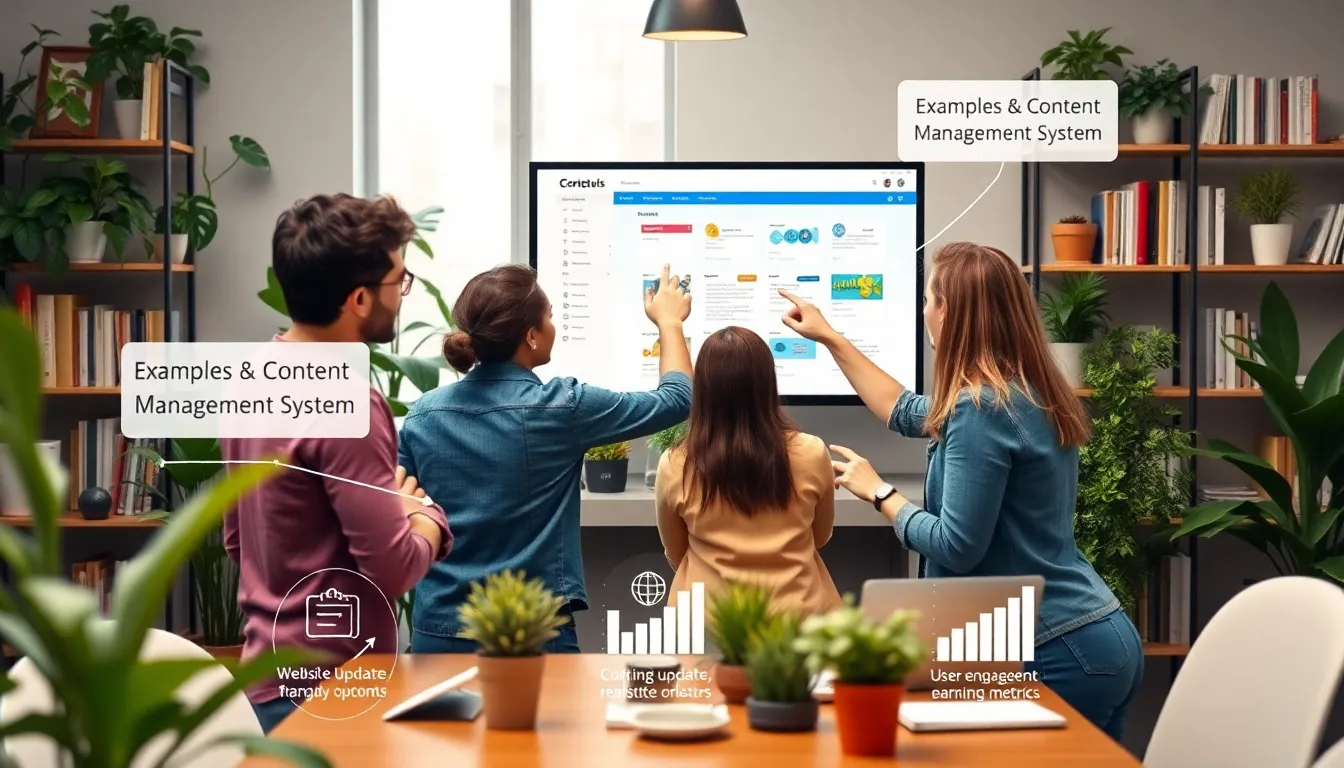
CMS for SEO and performance optimization
Many content management systems now have integrated features for Search engine optimization. These include automated meta tags, XML sitemaps and clean URL structures. Internal links, structured data (Schema.org) and loading times can also be specifically adapted.
WordPress offers extensive support for content checks via plugins such as Rank Math or Yoast SEO. Systems such as Webflow generate very clean HTML code, which in turn has a positive effect on Google indexing. This makes the CMS a direct lever for better visibility.
Performance and caching strategies
The loading speed of a website plays an increasingly important role not only for user satisfaction, but also for Google's ranking. Many CMS offer integrated or expandable Caching functionsto deliver pages faster. Caching means that certain elements are not regenerated each time a page is called up, but are delivered directly from the server in an already prepared state. This reduces the server load and makes the website faster. Especially in combination with a content delivery network (CDN), delivery is accelerated, particularly for international target groups.
A high PageSpeed also promotes user loyalty. If visitors leave the site early due to slow loading times, not only will conversion rates drop, but search engine rankings may also suffer. It is therefore worth paying attention to performance options in the CMS and configuring them accordingly.
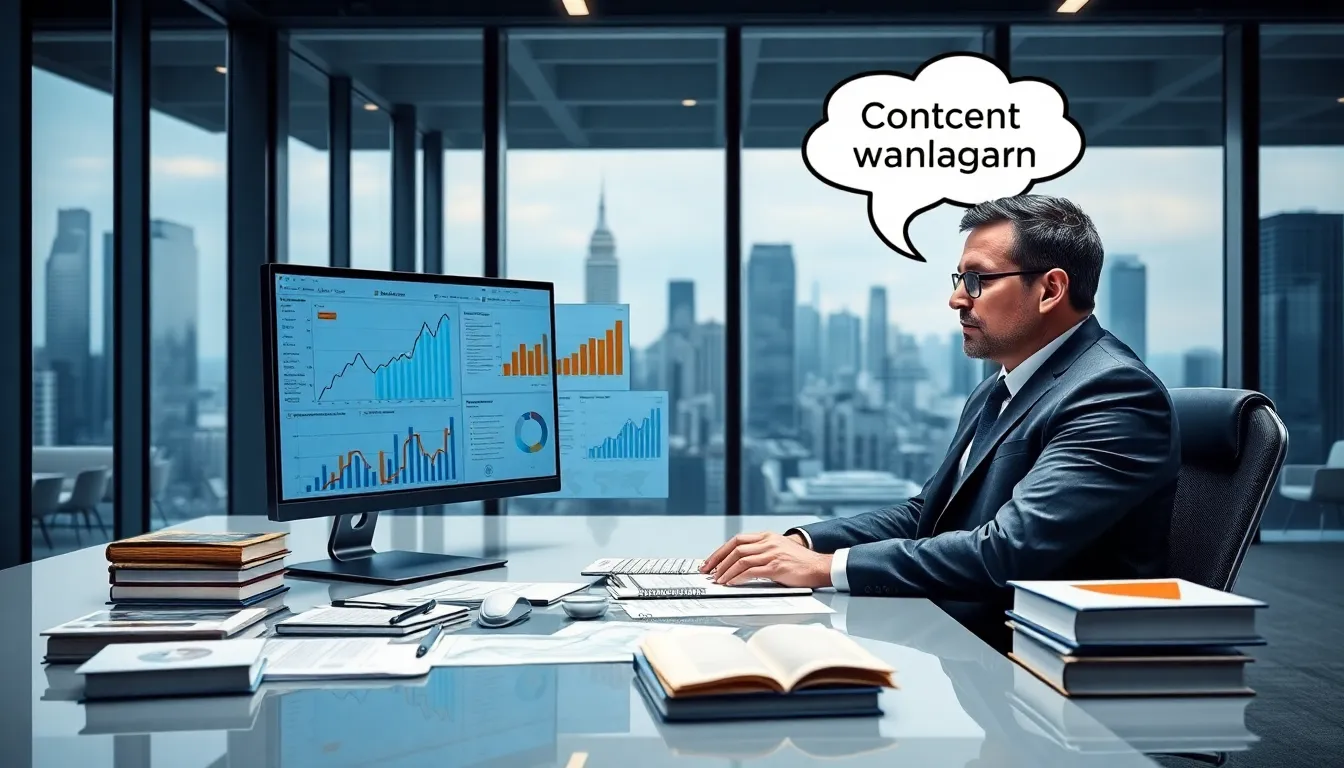
Security and maintenance in CMS operation
Without regular maintenance, security risks arise. That is why it is crucial to keep plug-ins and themes up to date. I check at fixed intervals whether system updates have been released - especially when new vulnerabilities become known.
Many CMSs offer automatic backups, two-factor authentication and rights levels to control user access. System hardening plays a major role, especially for sensitive data. An SSL certificate and firewall protection are a matter of course today and are included in almost every standard CMS package.
Automated monitoring tools
Hedging often also includes a Monitoringwhich checks in the background whether the system and its components are functioning correctly. This allows me to intervene quickly in the event of failures or performance problems. Some CMSs integrate status checks or health reports that proactively inform me if something is wrong. It is also advisable, Security scanner that detect known malware signatures or unauthorized changes. With such measures, I can ensure smooth operation and minimize downtimes.
It is also important to consistently remove old or no longer required plugins. Every additional extension increases the attack surface. Installing only the functionalities you really need significantly reduces the risk of security gaps and makes it easier to keep track of updates.
Content management systems in e-commerce
More and more companies are selling products directly via their website. To do this, they need a platform that handles items, stock, orders and checkout processes. CMS such as Shopify, WooCommerce (for WordPress) or Joomla with VirtueMart offer integrable Store functions.
I can manage product catalogs and add categories, attributes or discounts. Payment processing is automated via common interfaces such as PayPal or Stripe. Legally relevant texts such as the legal notice or terms and conditions can also be updated within the CMS.
Multichannel commerce and extended features
Modern e-commerce solutions in CMS often also include Marketing automation and checkout-ready order processes for physical stores (POS). If I manage my product data centrally, I can display it simultaneously in online stores, apps or social media channels. This noticeably increases the reach of my offers. Many store systems also offer inventory management functions that can be used to synchronize stock to avoid overselling or stock shortages.
At Checkout process external providers are often used to process payments securely and easily. Thanks to modular integration, companies can react quickly to changing market requirements, for example by activating new payment channels or optimizing existing processes.
Multilingualism and internationalization
Especially in e-commerce multilingual Web presences are a key factor in appealing to customers in different regions. Many CMSs support the management of multiple language versions in a single backend. This simplifies maintenance and ensures that all country websites are updated at the right time. In addition, there are often tools for localized pricing or for region-specific shipping rules. This allows me to respond specifically to cultural differences and local preferences.
Content governance and editorial processes
The larger an organization, the more important Content governance-concepts. These determine who is authorized to create, review and release content. A multi-stage process is often set up in which each text goes through a certain chain before it is published. This is essential, especially in industries where content has to be legally checked (e.g. medicine, finance or insurance).
Clear content governance also helps to keep the tone and quality of the content at a high level. I can store style guides, templates and guidelines that provide editors with a consistent line. This makes websites look more professional and credible, which has a positive impact on the user experience.
Summary: What a CMS really brings
A content management system combines structured work with digital visibility. It enables both editorial teams and companies to publish content in a secure, controlled and targeted manner. The simple operation reduces dependencies on external IT resources - content goes online faster.
Modern CMS systems such as WordPress, Joomla or Webflow are versatile, work with open standards and can be further developed in the long term. Thanks to tools for SEO, analysis, data protection and e-commerce, the result is a complete package that is budget-friendly and expandable.

